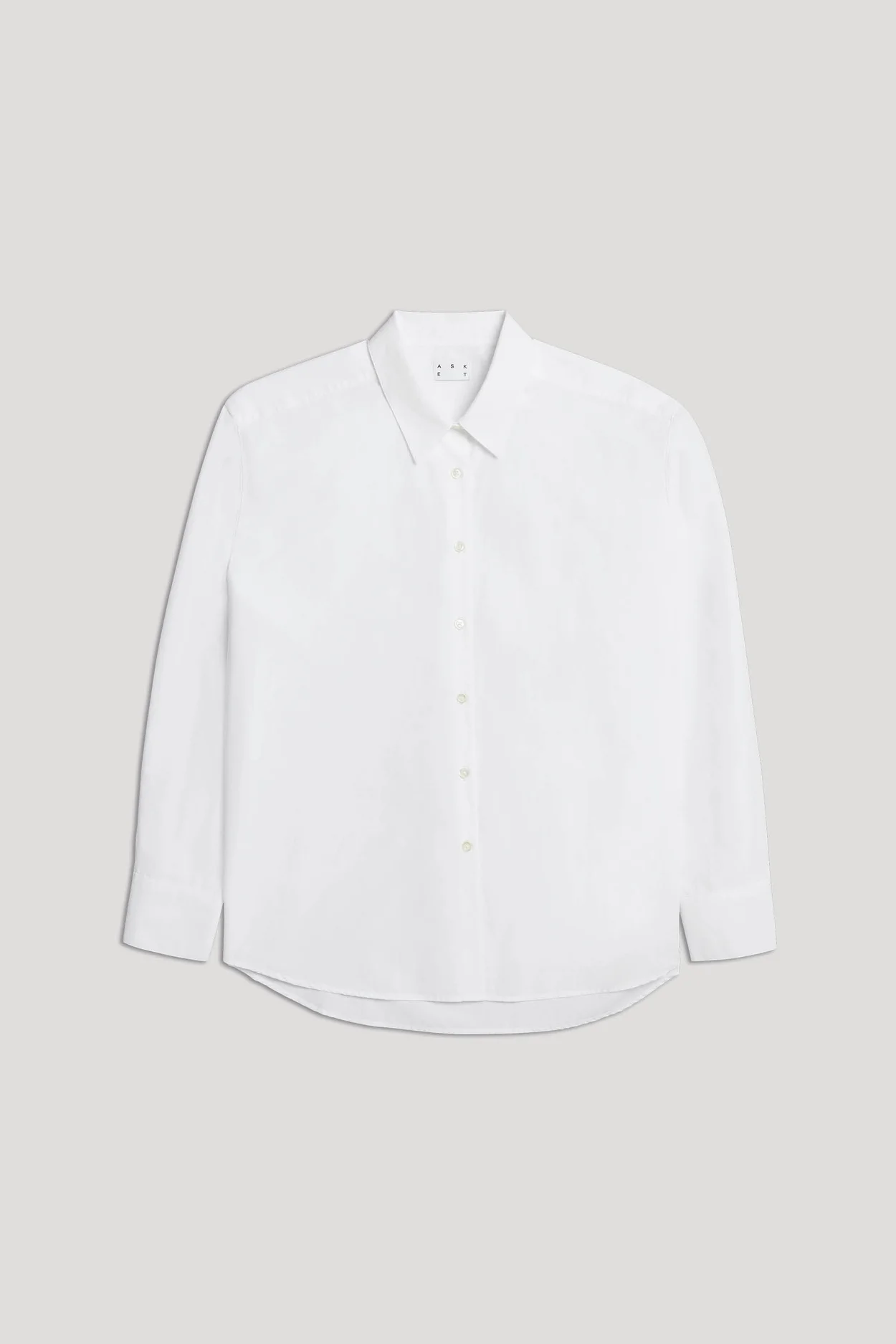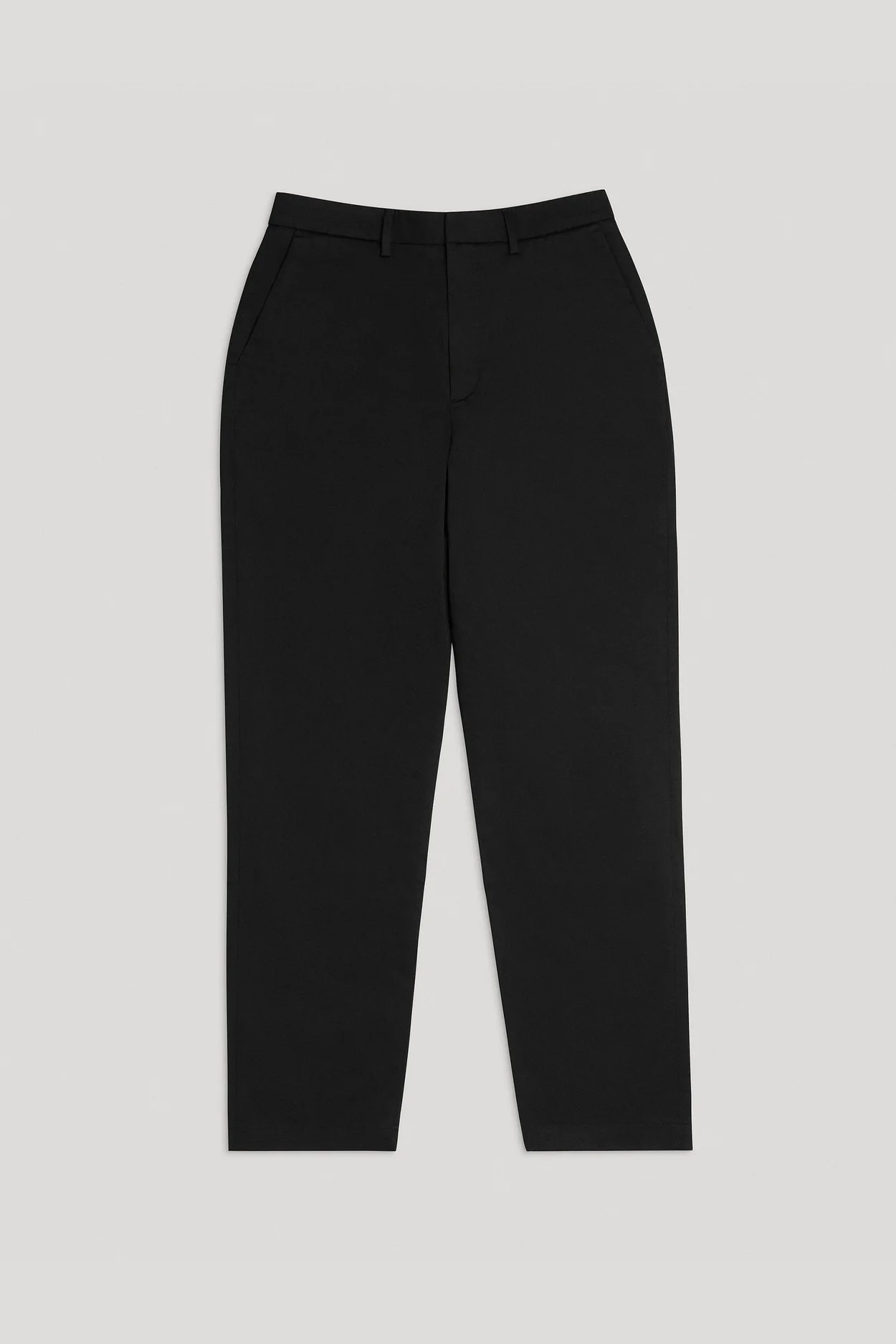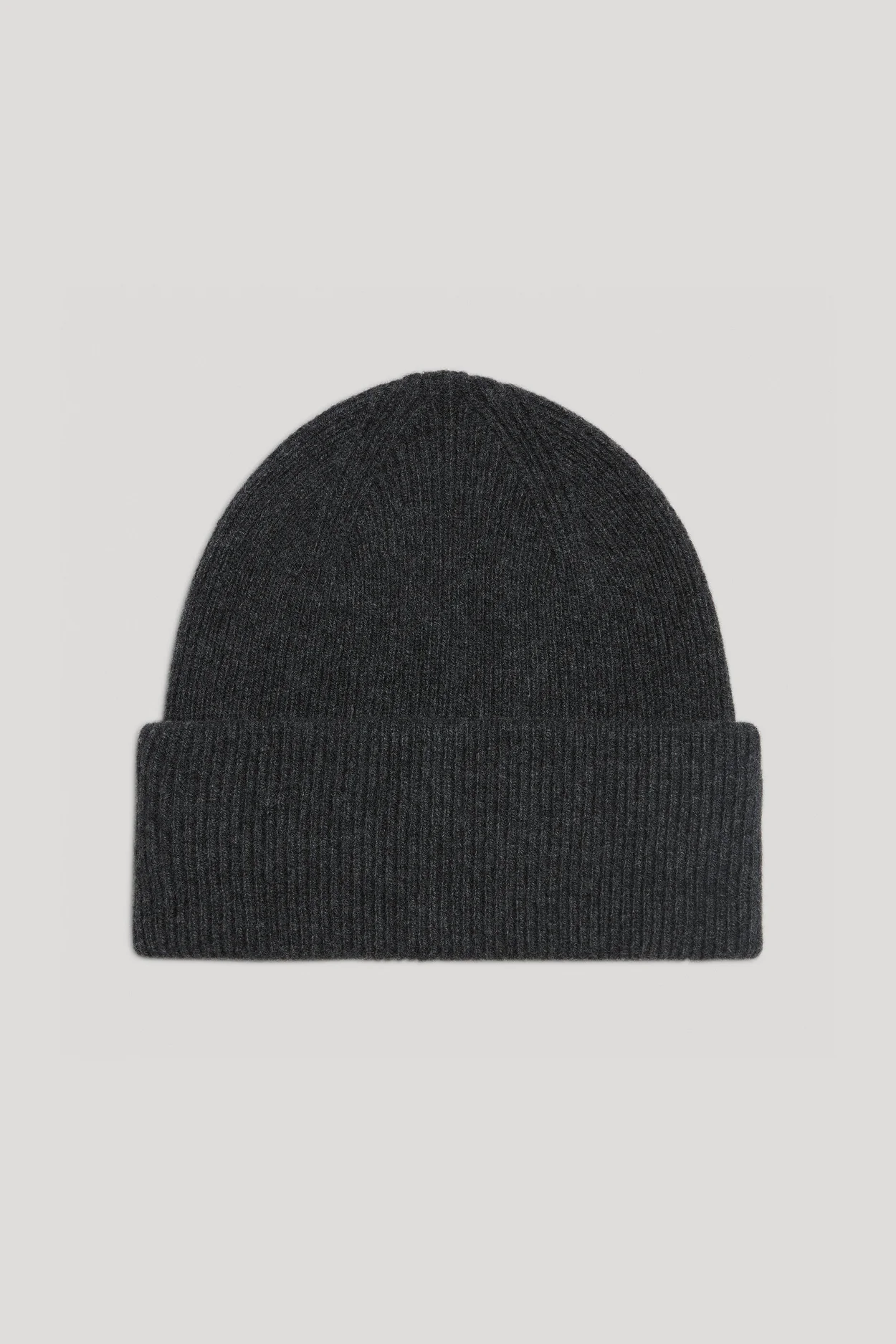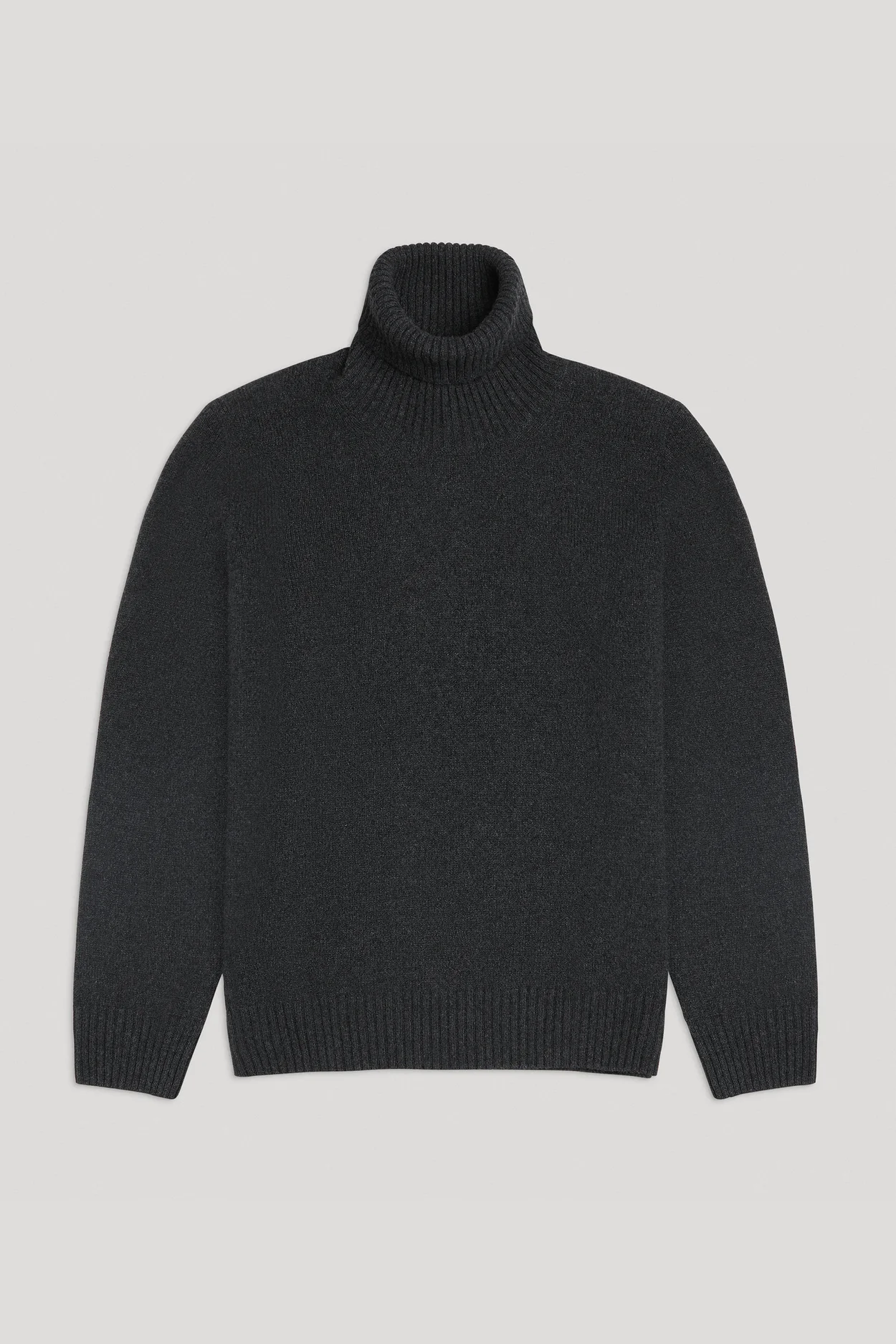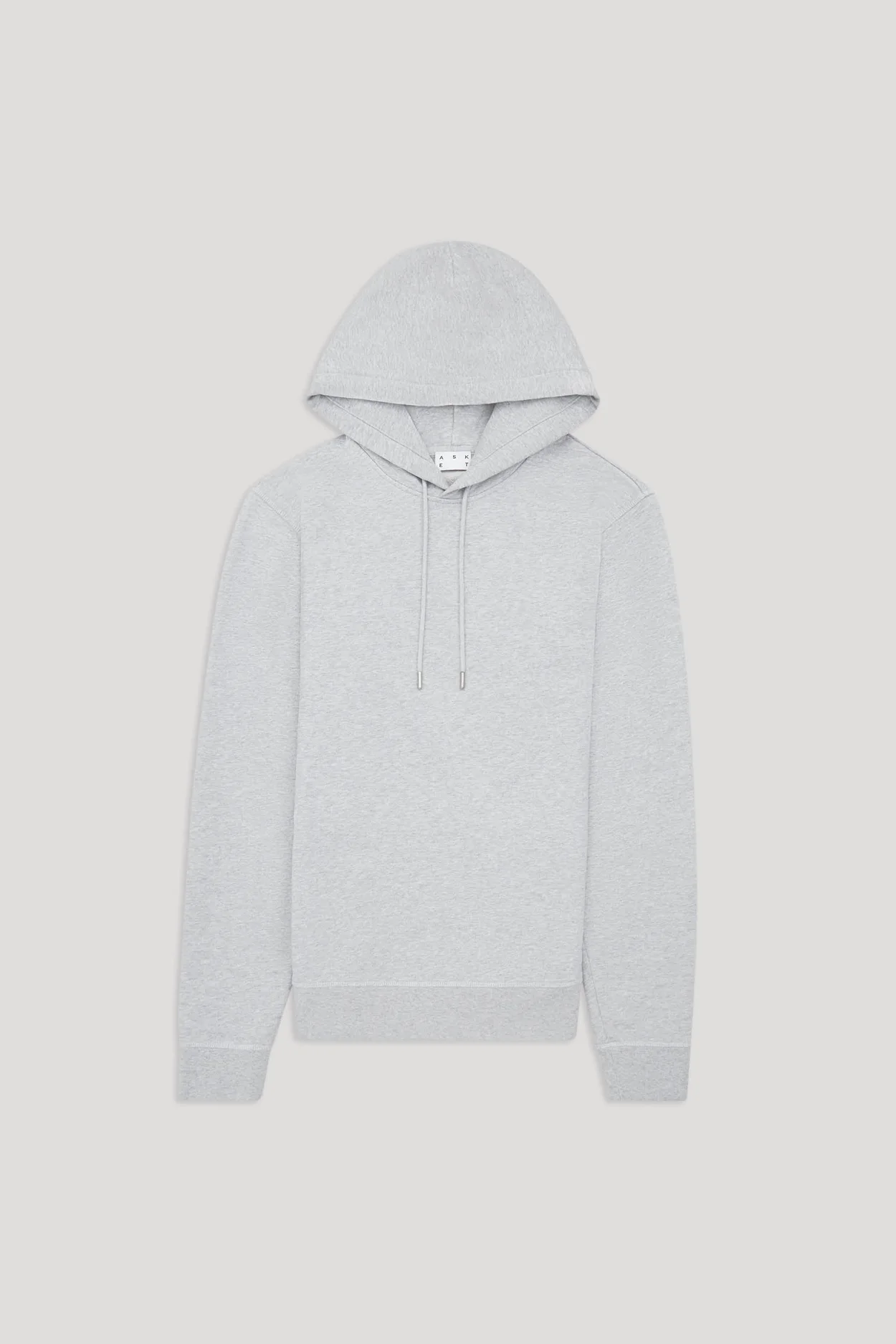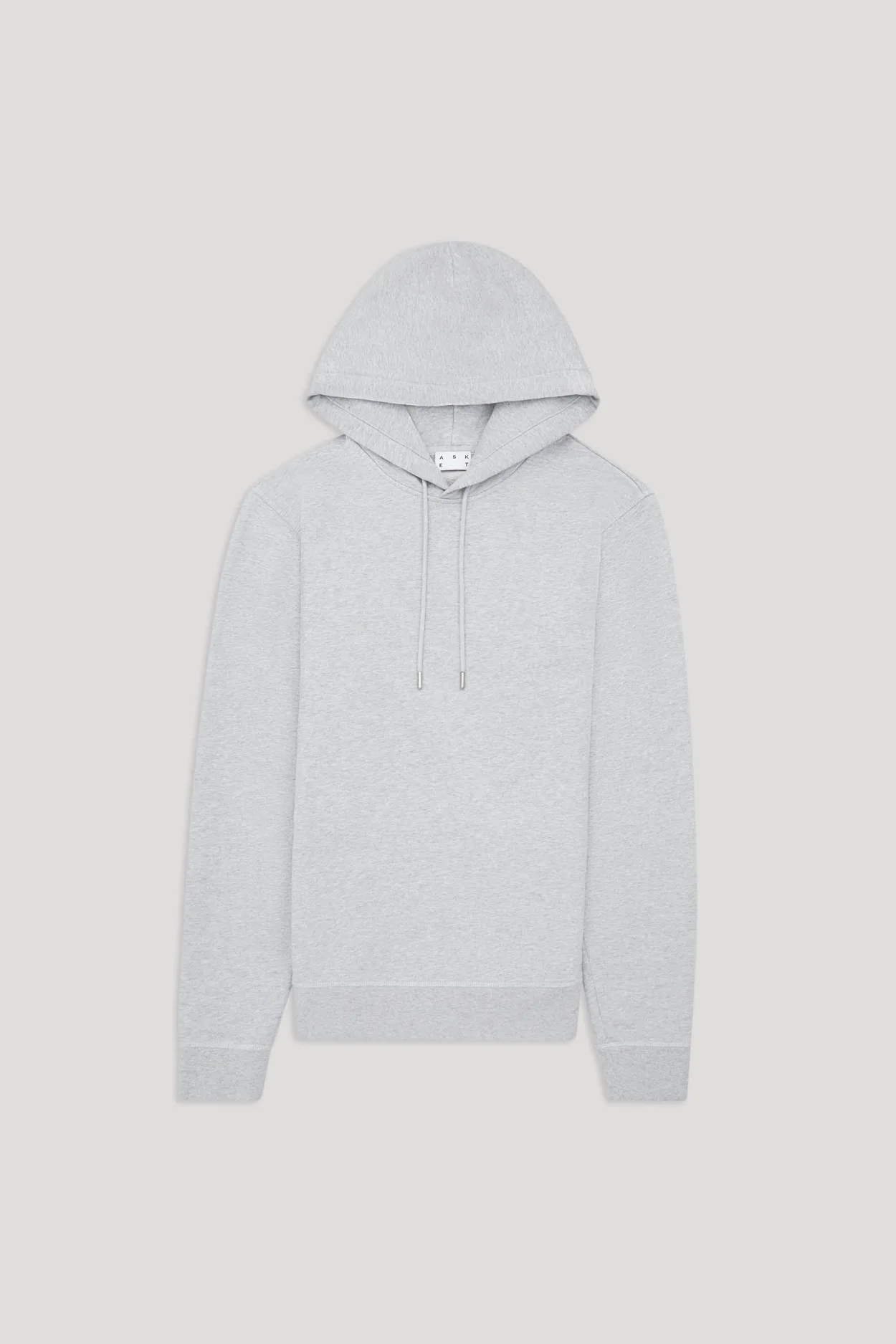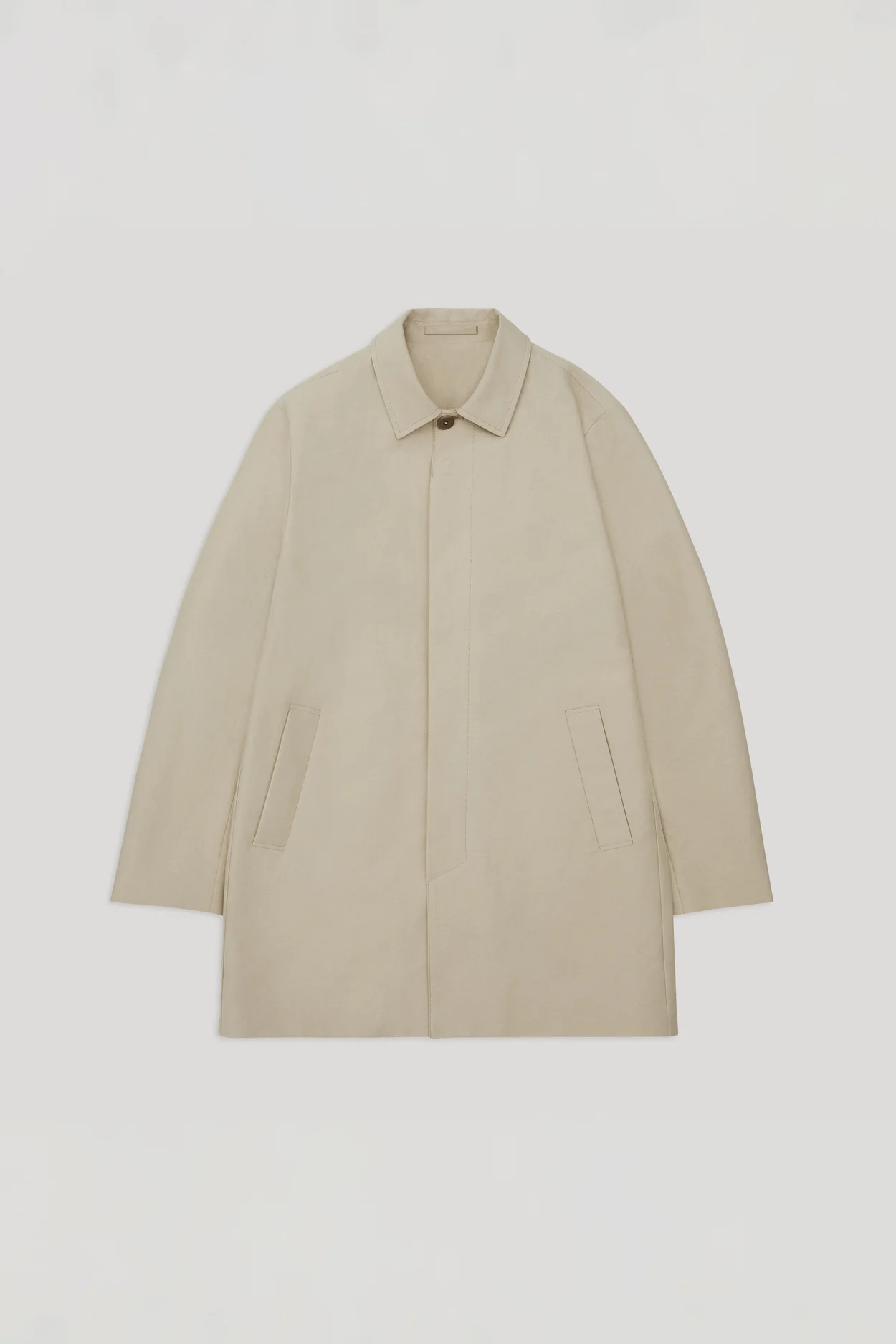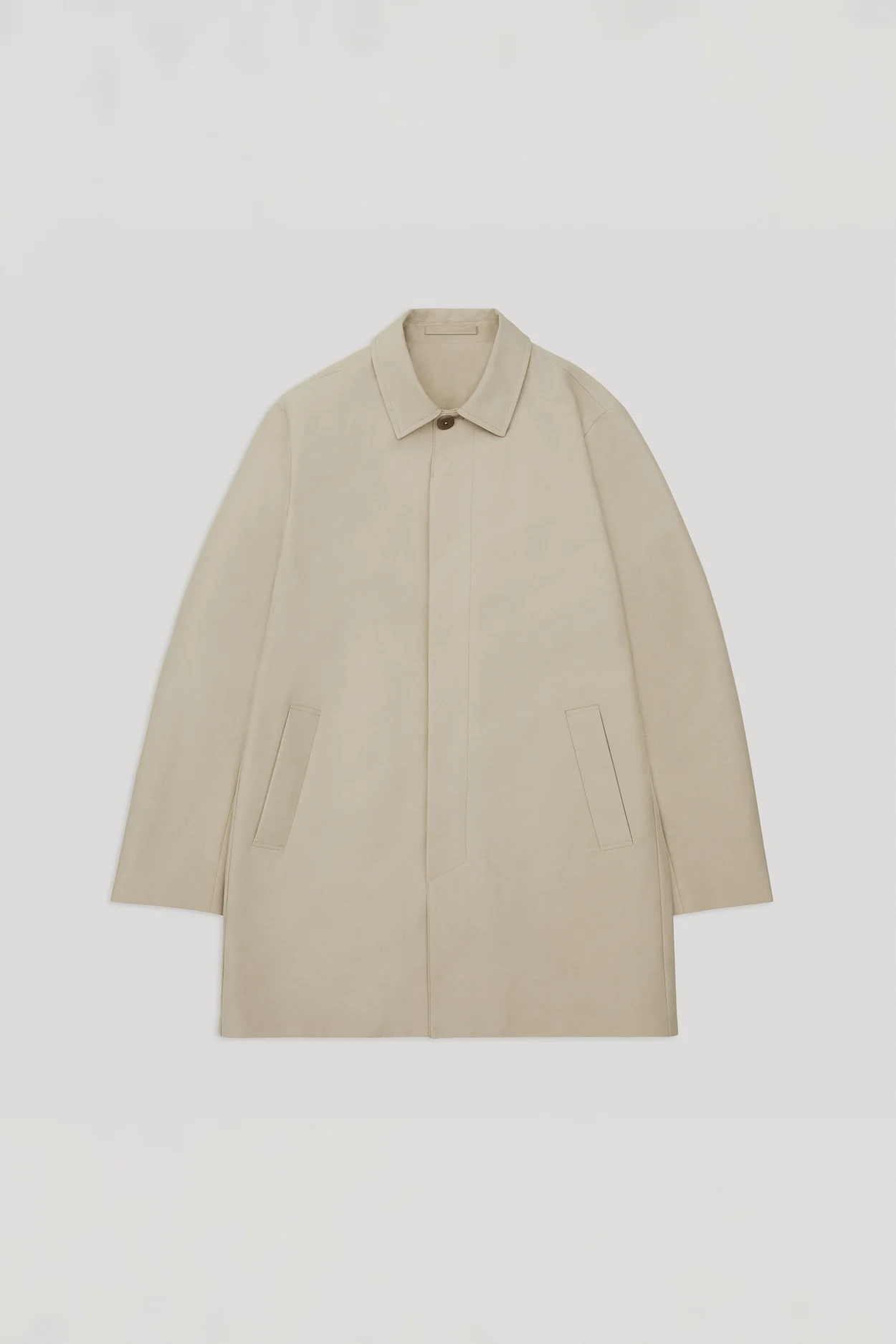

Architect Emelie Holmberg
Democratizing Architecture
A conversation with architect and founder of Gimme Shelter
With high costs and challenging construction processes, high end design and architecture in the field of housing has long been difficult to get your hands on. Architect Emelie Holmberg is determined to change this. We met up in one of her client’s homes in the Stockholm archipelago to discuss whether the concept of timeless architecture exists, why society hasn’t come to terms with the impacts of housing and furniture - and if architects really only wear black turtlenecks.


How do you think your upbringing influenced your choice of work ?
I've been fascinated by both society as well as form and design from a very young age. Both of my parents had an entrepreneurial side — my mom designed leather goods and ran her own company when I was young. Since I was little, I’ve always felt the need for a creative outlet. So I knew I needed to incorporate that into my professional life, and architecture became the perfect gateway in that sense.

Tell us the meaning behind the name Gimme Shelter?
The idea behind Gimme Shelter started from the belief that more people should have access to design and architecture. It’s about democratizing architecture. The name "Gimme Shelter" reflects that idea - it's not a proposition, but a call to action, like asking for four walls and a roof - a shelter to start with, even if it’s something small. You can begin with a tiny house that fits your budget and then build on it over time. It’s a nod to the spirit of rock and roll and The Rolling Stones as the name would suggest.
How did the original idea come about?
In my own architectural practice that I started right after graduating architecture school my clients were mostly wealthy and privileged. That’s no revelation, but I had a strong desire to help more people be able to build and live in high end homes and architecture So I started to elaborate on how I could make that happen and discovered two things. We need to lower the barrier for how difficult it is to build and also lower the prices. The challenge was to uphold both architectural integrity and sustainable manufacturing which normally comes at a higher upfront cost, at the same time.
The solution lies in the concept of building a few blocks at a time, like a system of industrial made pieces, designed to be combined in different setups - just like lego! The predesigned modular pieces became more efficient and easier to build in an indoor factory and became more low cost than a custom made architectural designed home. This makes it possible for someone to start with a tiny home or module - and build on it with time.
“I’m not saying I’m going to save the world, but it’s simply not rewarding to develop something that isn’t good for people and planet.”


Is there a higher purpose behind the mission?
For me, the mission of creating something is really important. I’m not saying I’m going to save the world, but it’s simply not rewarding to develop something that isn’t good for people and planet. I’m also trying to look at the bigger picture, from where we produce the houses to where the materials come from. We source most of our materials from forests right next to our manufacturing units, keeping everything within 50 kilometers. It’s a unique setup, and something I want to develop further, diving even deeper into sustainable materials. We are trying to be the most sustainable prefab company in Sweden. We’re a small company, but we can still have a really high level of manufacturing. It’s really something that I’m proud of.


Do you approach curating your wardrobe in the same way you approach building houses?
I love clothes and fashion so much that sometimes I feel conflicted. An outfit is like a composition—it’s about how everything comes together. Just like with design, it’s about creating a cohesive feeling, an idea, and expressing an identity. It’s about telling a story of who you are and what you stand for. There’s definitely a red thread that ties everything together, whether it’s my work with Gimme Shelter or my personal style. I tend to lean toward minimalism, but sometimes I go fully rock-and-roll. That said, most days, I stick to black.
Would you say that timeless architecture exists in the same way as fashion?
Yes, definitely. Just like a piece of art or clothing, there are buildings and designs that never go out of style. They don’t lose value, instead they become more appreciated over time. I have a few classic pieces in my wardrobe that I know will always be relevant, and I think a lot of people can agree that some things—for instance, the trench coat —simply transcend trends. The same can be said about architecture, where it’s sort of a red threat with a mix of the creator’s vision, the social context of the time, and creativity, which makes it timeless. Similarly to the trench, you have masterpieces like Fallingwater by Frank Lloyd Wright, which to me is a true piece of art. A personal favorite of mine is Per Friberg, a Swedish architect who designed a summer home in Ljunghusen in the south of Sweden in the 1960s. His approach to architecture has had a major influence on me.

“Most people aren’t aware of what goes into building their homes - they just don’t want to know, similar to how some view fashion.”
Doesn’t timelessness in architecture just stem from familiarity?
I think you can often sense when a design will stand the test of time, even if it takes years to fully recognize it as a classic. At the same time, you never truly know how it will turn out until you’ve built or created it, and you don’t always know how people will react, or if it’s even the right moment for it. In my world, aesthetics aren’t everything and functionality plays a huge role. You can wear an outfit or live in a house, but if it doesn’t work for you—if it’s poorly planned or doesn’t fit your lifestyle—it’s not gonna work anyway. So, it’s about balancing aesthetics, functionality, and in my field, the technical aspects too. You need to be able to bring your vision to life in a practical way, which adds another layer of complexity. When you create something new, you draw from the world around you—the things you’ve seen and experienced—but you also infuse it with something fresh.

Trends cause faster consumption throughout our society, do you have any particular fears with regards to your industry?
I have many concerns in my industry. One of the biggest is the lack of affordable housing, which is a basic human need. I don’t see a clear solution, especially from politicians. I’m afraid that the response will be a rush to develop a lot of cheap, low-quality buildings, which doesn’t bring anything positive except fast and poor-quality housing. I believe there need to be new approaches. Many are pushing politicians to make it easier to buy land, which could lead to better housing solutions, especially with more people working remotely which opens new possibilities.
Consumers are increasingly aware of the unethical practices in the fashion industry, has this shift happened in architectural space?
I don't think the general shift has happened. You do see some people, like influencers and interior architects focusing on this—making it their mission to push for more conscious, sustainable choices in design and housing. It’s gaining traction, but on a broader scale, the general knowledge about housing hasn’t progressed as much as it has in fashion. Most people aren’t aware of what goes into their homes - they just don’t want to know, similar to how some view fashion. So yeah, there is a lot of work ahead in raising awareness and driving change in this space.


What was your first encounter with ASKET?
My God, that was a long time ago! I can't even pinpoint exactly when, but it feels like ASKET has been in my environment for ages. It's just such an architect's brand, you know? For me, it’s very much about simplicity—my everyday outfit is usually black, and very minimalistic. I’m also really drawn to materials. When I look at clothes or objects, I can’t help but touch everything. It's all about how something feels. It’s a very tactile experience for me.
If there is one garment you can’t live without from us, what would it be?
Definitely the white shirt. It’s just a classic.
Not the black turtleneck that everyone pictures an architect wearing?
No.
Location GIMME SHELTER MODUL H70+U15 by Emelie Holmberg at INGARÖ in the Stockholm Archipelago. Text SIRI TEURNEAU-FORSLID. Photo MIKAEL LINDBLAD. Styling KARIN SMEDS. Hair & Make TONY LUNDSTRÖM.
WEAR IT LIKE EMELIE

The Cashmere Beanie Charcoal Melange

